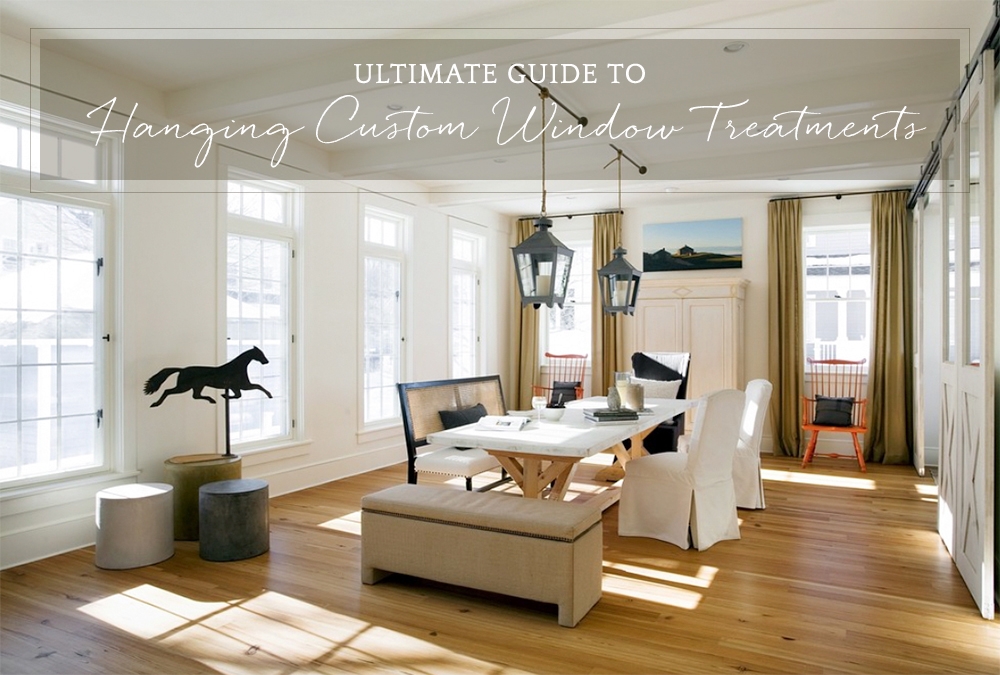
Where to Begin?
When designing a home, custom window treatments should always be considered. They help control the light and lend privacy and warmth to any space. Have you ever wondered why your room feels unfinished, maybe it’s lacking somewhere? Well, the answer could be in your windows. Custom window treatments really can pull it all together with texture, color and pattern. Selecting the right fabric is key for your window treatments. It needs to work with the other patterns and fabrics in your space.
Always use lining and interlining unless you are using a sheer. This will help protect your fabric from sun damage, making your window treatments last longer. A lining also adds weight, which protects against drafts and helps fabric fall more luxuriously. Interlining is a layer of flannel-like fabric sewn between the lining and the “face” fabric providing maximum durability. This is a common option for custom-made curtains.
What About Fabric and Color?
TEXTURE
Choose fabric textures that suit both the mood of the room, and its function. Lighter blends feel casual and filter light, while denser fabrics feel more formal and provide more privacy. Try something like heavy silk or velvet for drafty windows, linen for a breezier feel, or cotton and cotton blends for any type of decor bringing a crisp, neat feel, as does season-less wool or wool blends.
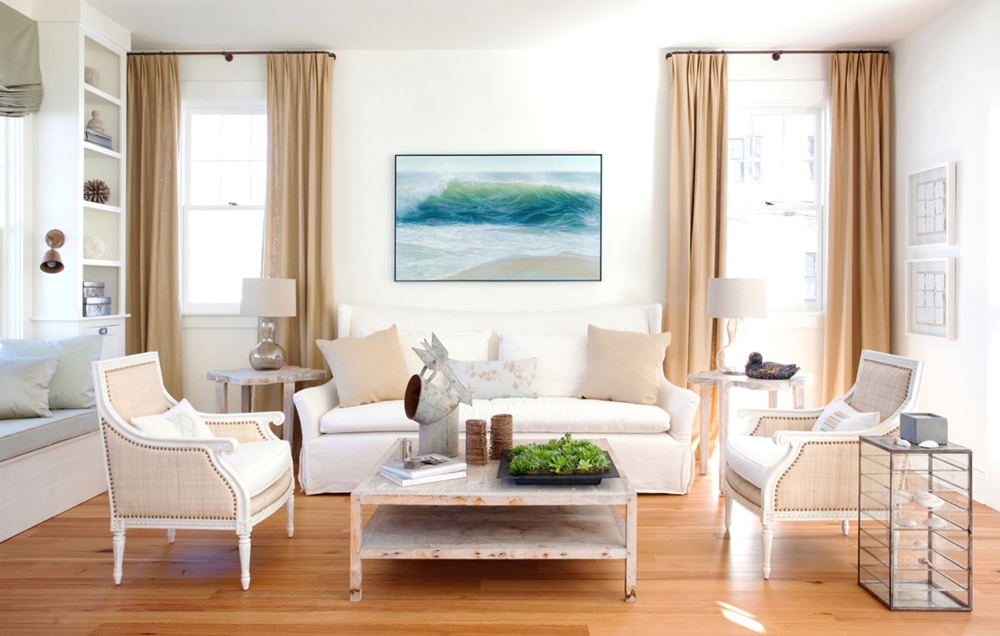
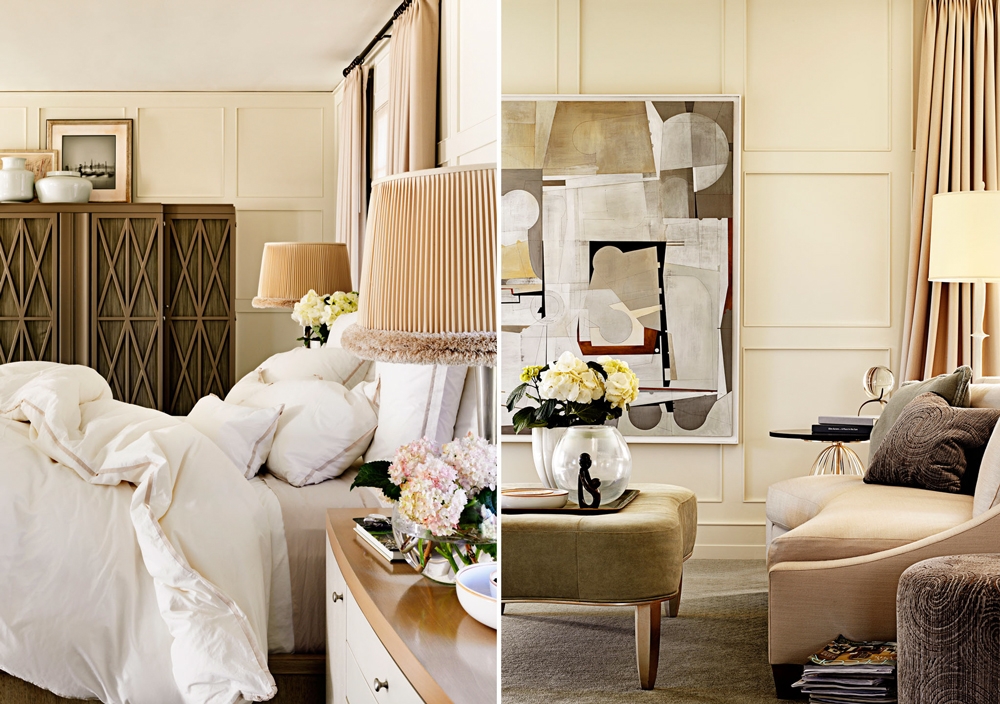
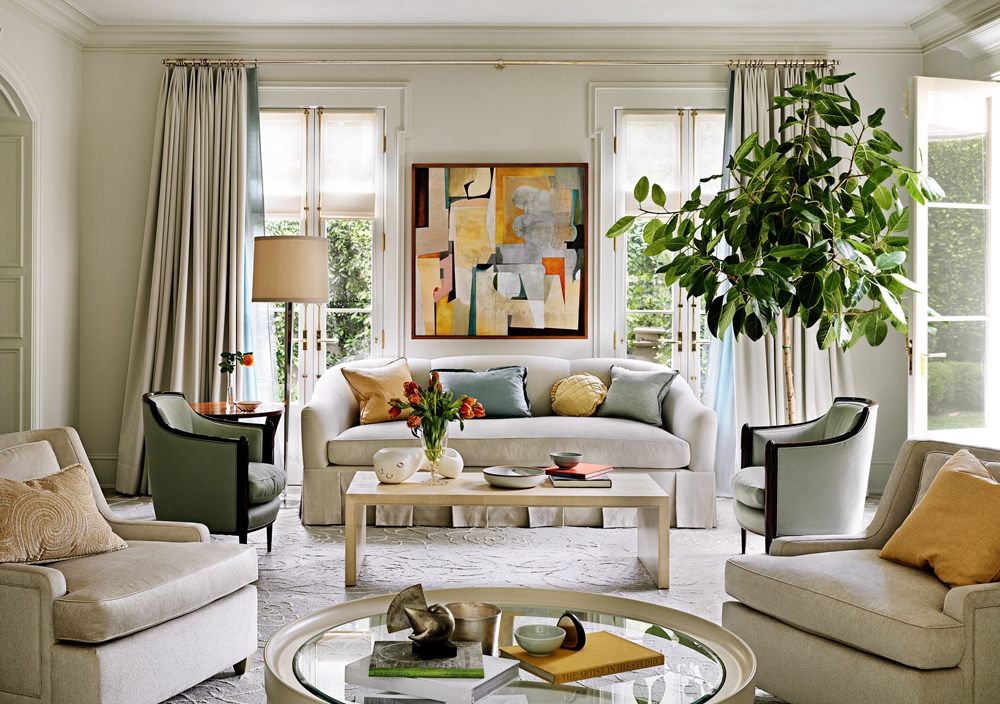
COLOR
When it comes to color, you will need to decide if you want your window treatments to pop or to simply blend in with the decor. For jolts of needed color, try selecting fabrics that are bold, sophisticated and just say “wow” the moment you walk into a room. For blending, select fabrics that are the same tone as the wall but a few shades darker, or choose a non-dominant subtle color in the room to provide a calm quietness of neutrals.
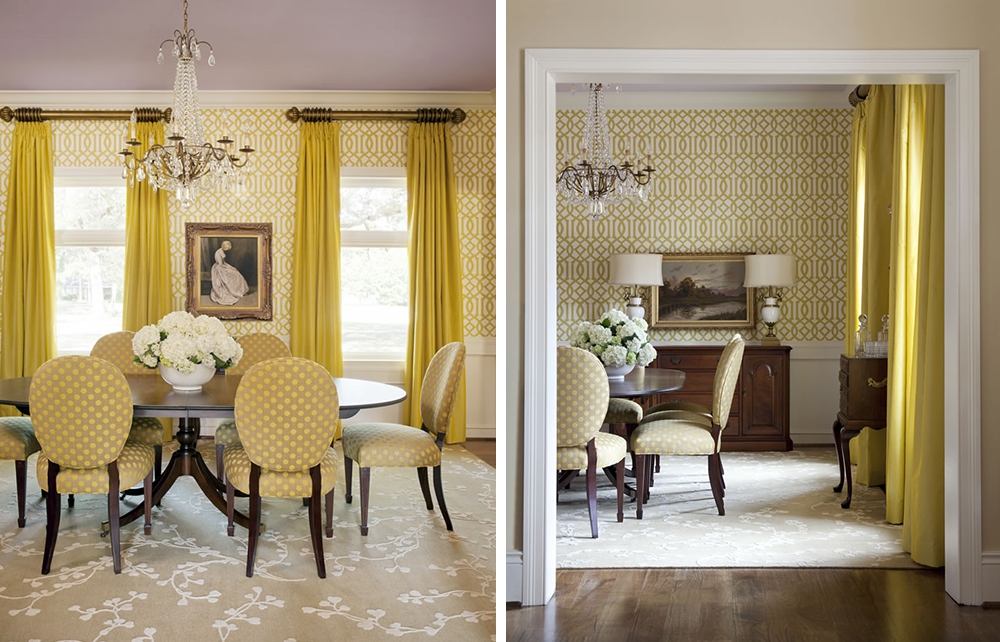
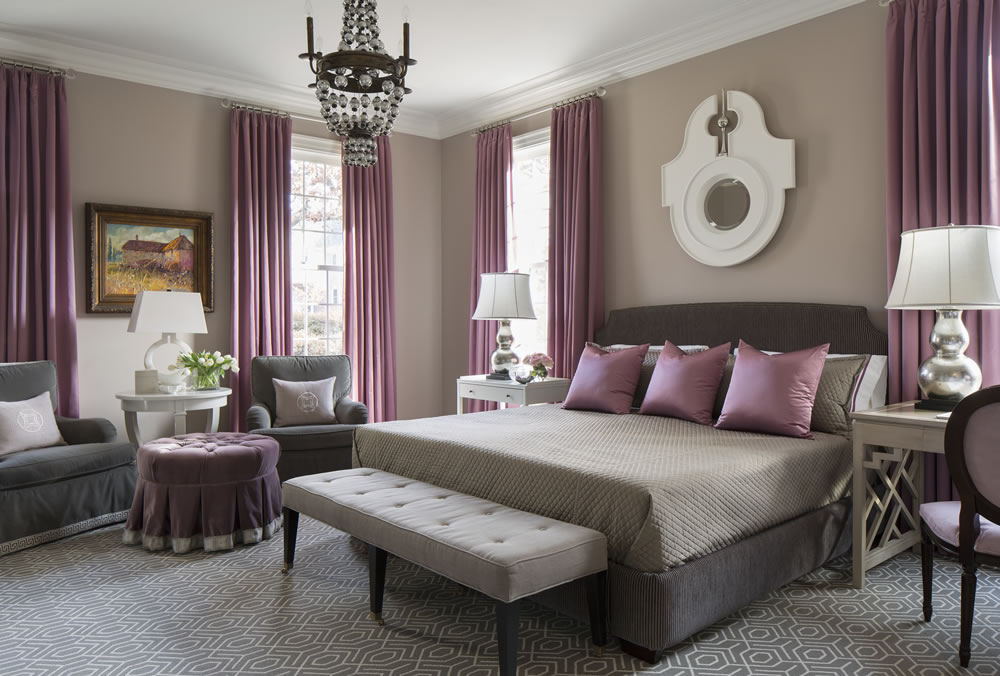
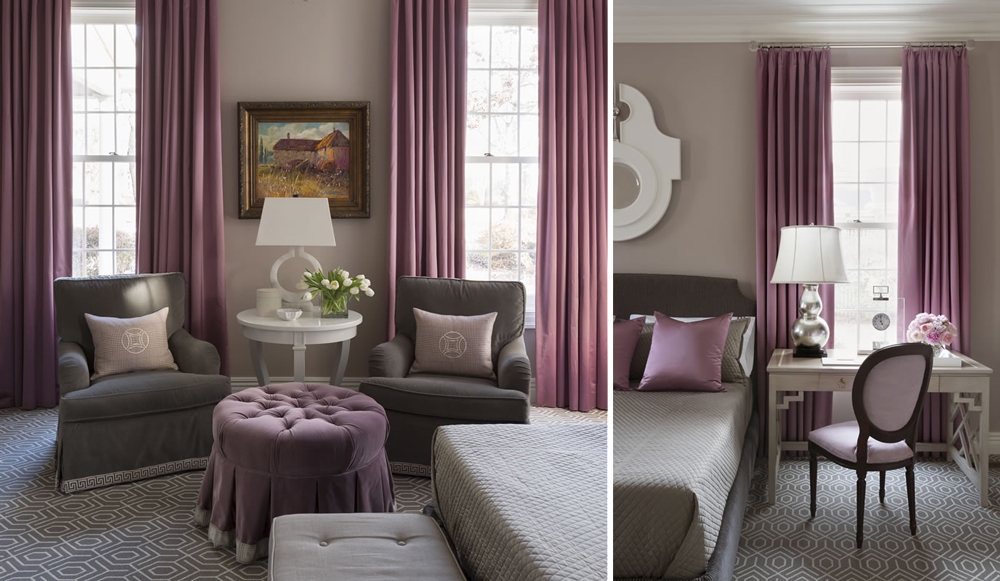
PATTERN
Patterned fabric can become a design element as important as art work or upholstery. If your furniture or bedding contains elaborate patterns, select solid fabrics for your window treatments. If you have solid color furniture or bedding, consider patterned window treatments.
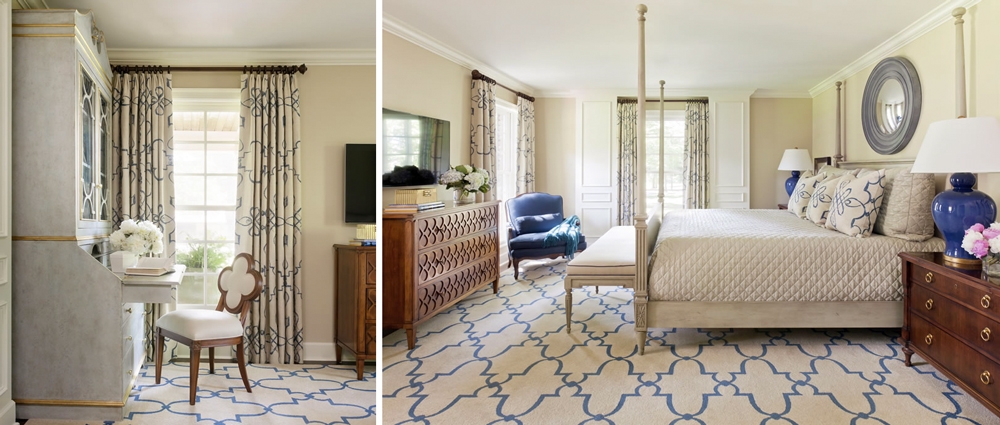
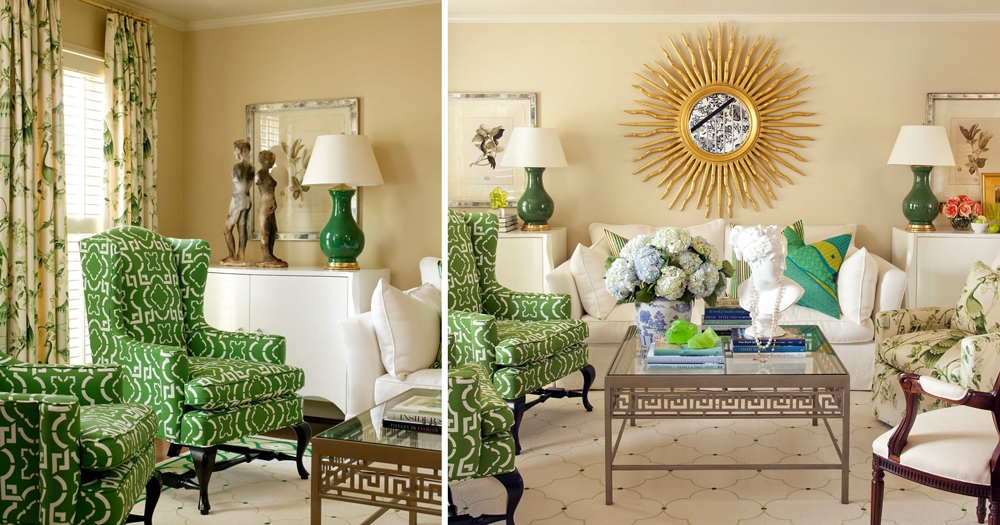
How Long Should Window Treatments Be?
THE SLIGHT FLOAT
If you want to hang your curtains without any break at all, so they hang totally straight, then the float is the best option for you. The fabric should just hover less than an inch off the floor. It doesn’t touch the floor, but only just barely. This is also a great approach for café curtains that cover only the lower portion of a window and hit the sill, which work well in spots like the kitchen and bathroom, where long drapes aren’t practical.
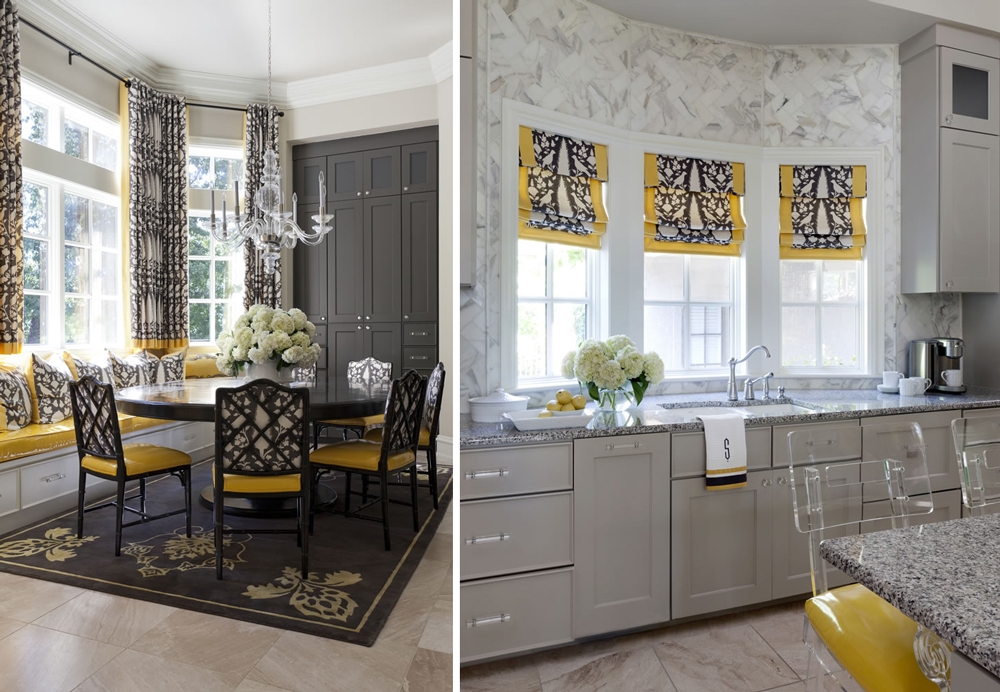
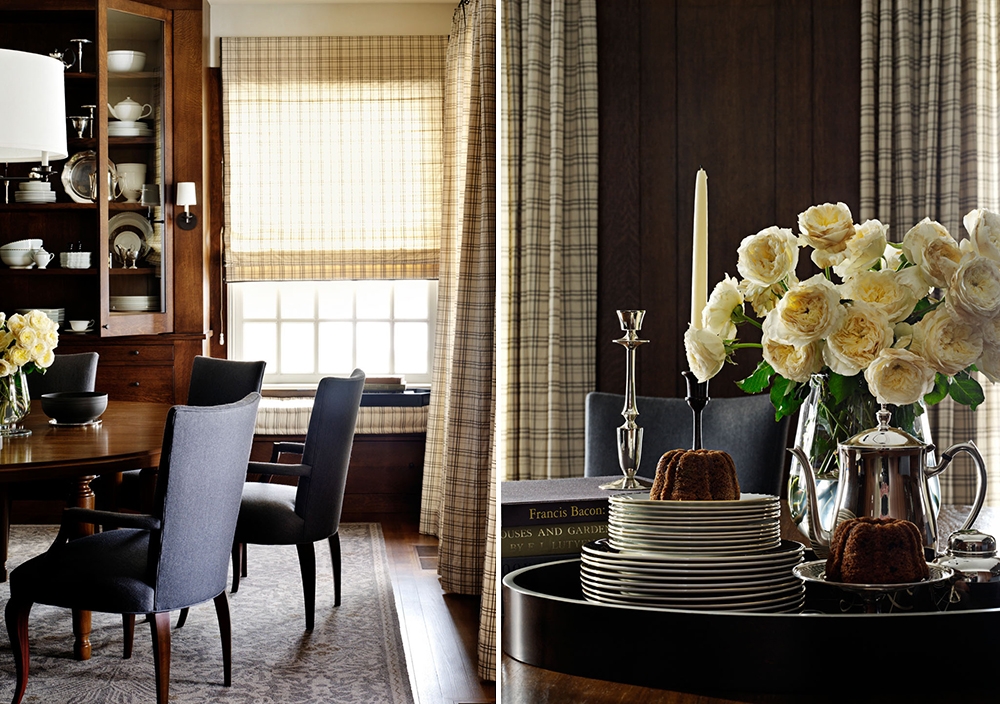
THE KISS
It barely touches the floor. This is the hardest one to pull off as you need to measure exactly from the rod (make sure to include in your measurements — the rings, clips or S hooks). This style is perfect for pleated panels. Be sure to discuss the proper length with the measurer so there are no surprises. It’s always easier to fix a hem that is too long than one that is too short!
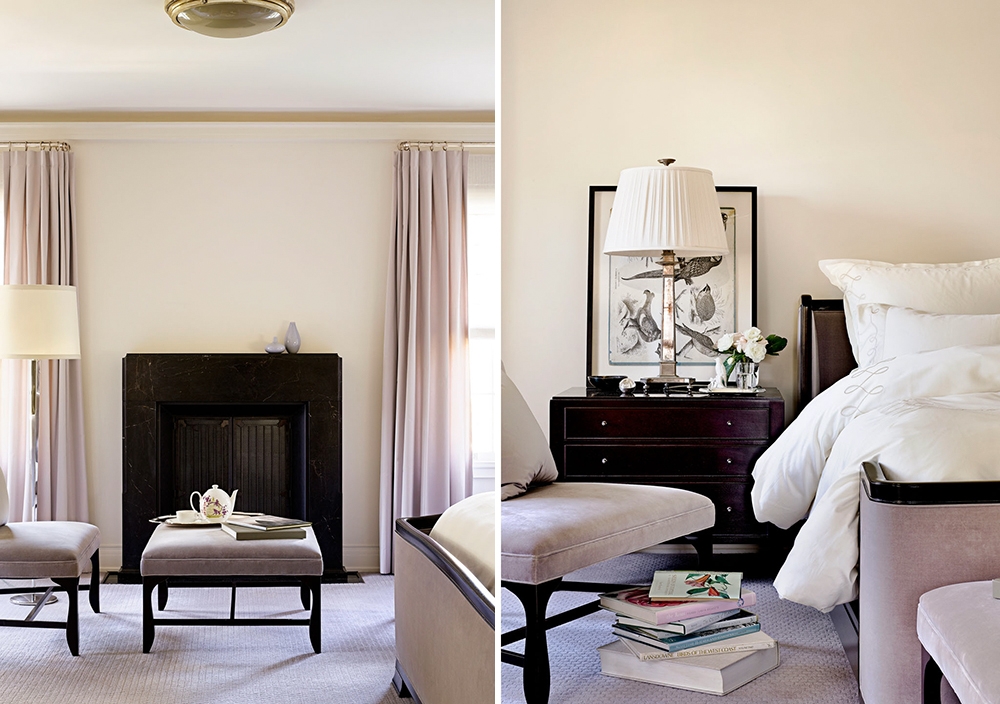
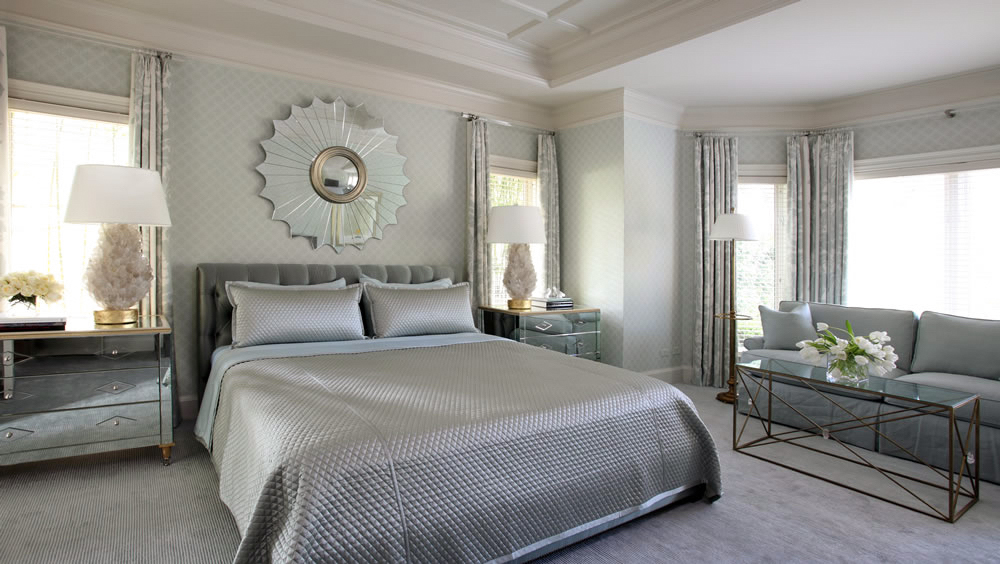
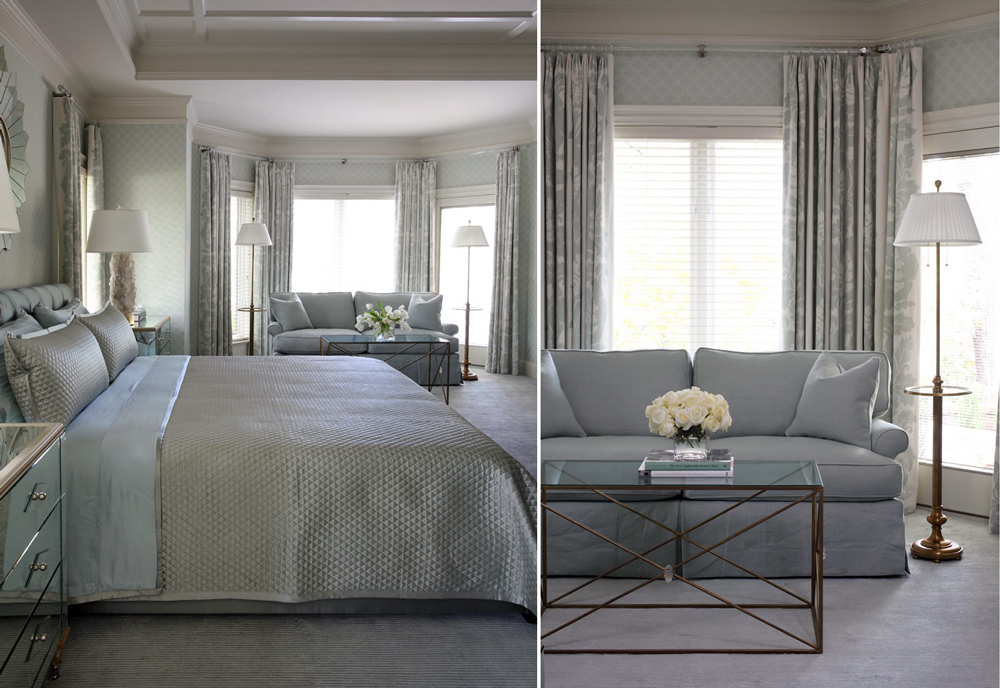
THE SLIGHT PUDDLE
Opting for panels that extend onto the floor by one to three inches are the most stylish right now. Ordering a two to three-inch break will allow you to grab the hem, step back, and let the curtain fall gracefully in place. With this style, your measurements don’t have to be exact.
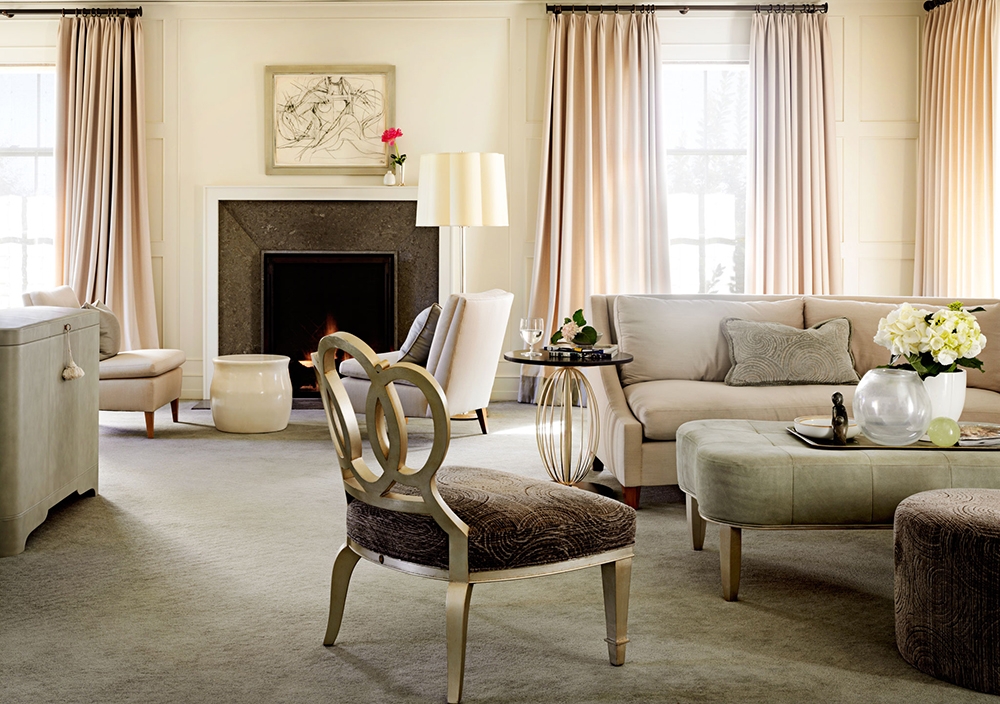
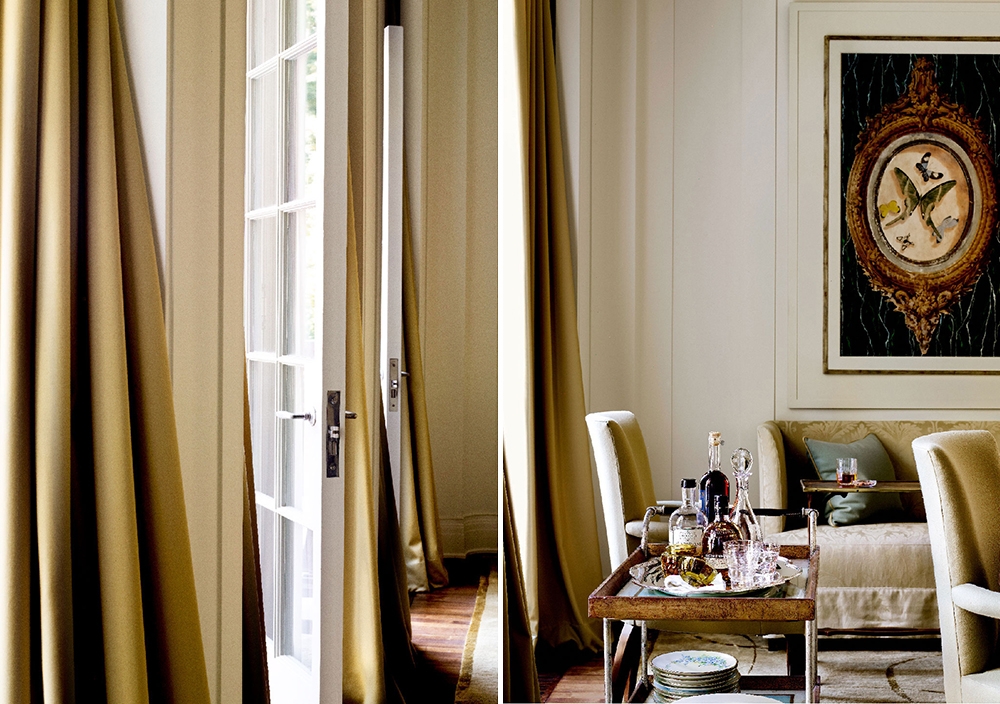
THE PUDDLE
When the window treatment does just that, it puddles all over the floor. This is best for you romantics out there or for those looking for a more feminine, old world, European feel. Today’s puddle is three to five inches. As opposed to before when puddles would be up to ten inches. This looks best when your fabric is really high quality – either washed linen, silk or velvet. The more it puddles, the more you can see the beautiful texture of the fabric. It should be thick and grand, not skimpy cotton curtains that will simply look accidental and way too long.
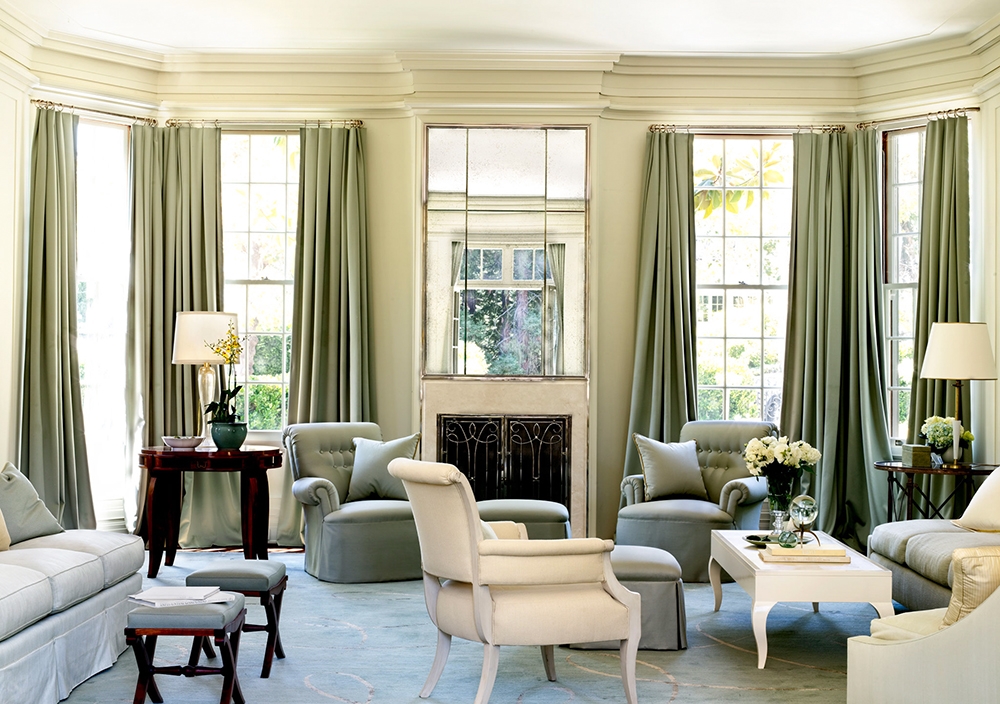
How Wide Should Window Treatments Be?
To ensure that panels look full and billowy when closed, they should have a combined width that is two to two-and-a-half times the width of the actual window. If you’re hanging panels just to frame a window and don’t intend to shut them, you can round down to one-and-a-half times the width. Pleated panels have fullness built in, so their width should more or less match the span you’re covering. Always error on the wider amount.
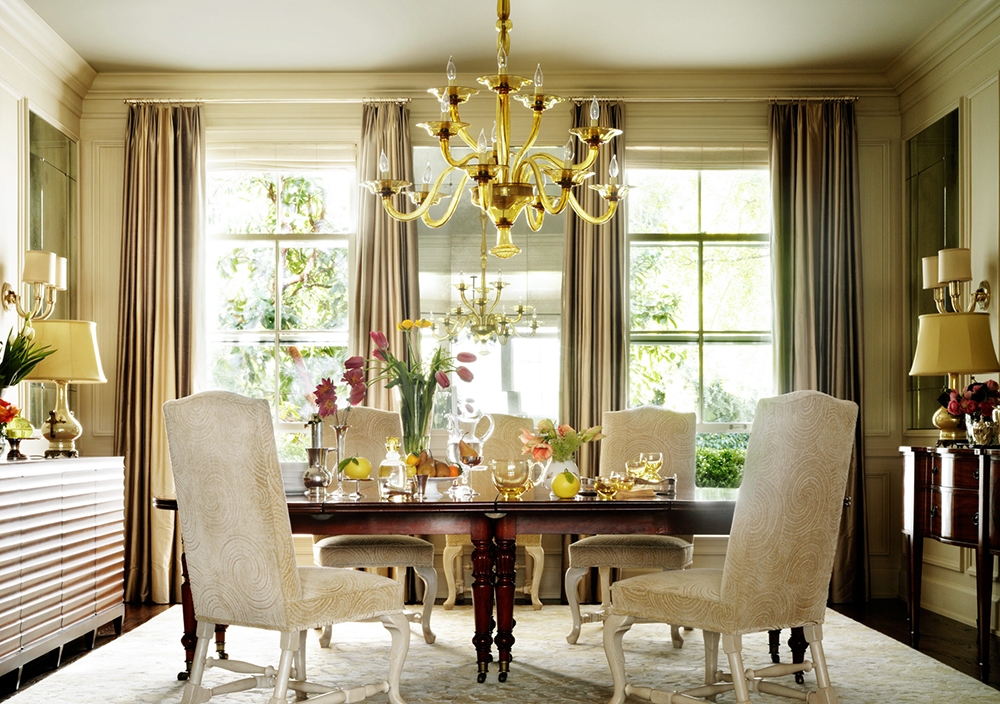
Where Should Window Treatments Be Mounted?
HANG ABOVE THE FRAME
To create the illusion of a taller window, lift the rod, which lifts the eye, which makes your ceilings look higher and your space bigger. You should mount the rod four to six inches above the window frame or halfway between the frame and the ceiling molding. You shouldn’t go more than eight inches above the frame or it will create that dreaded dead space.
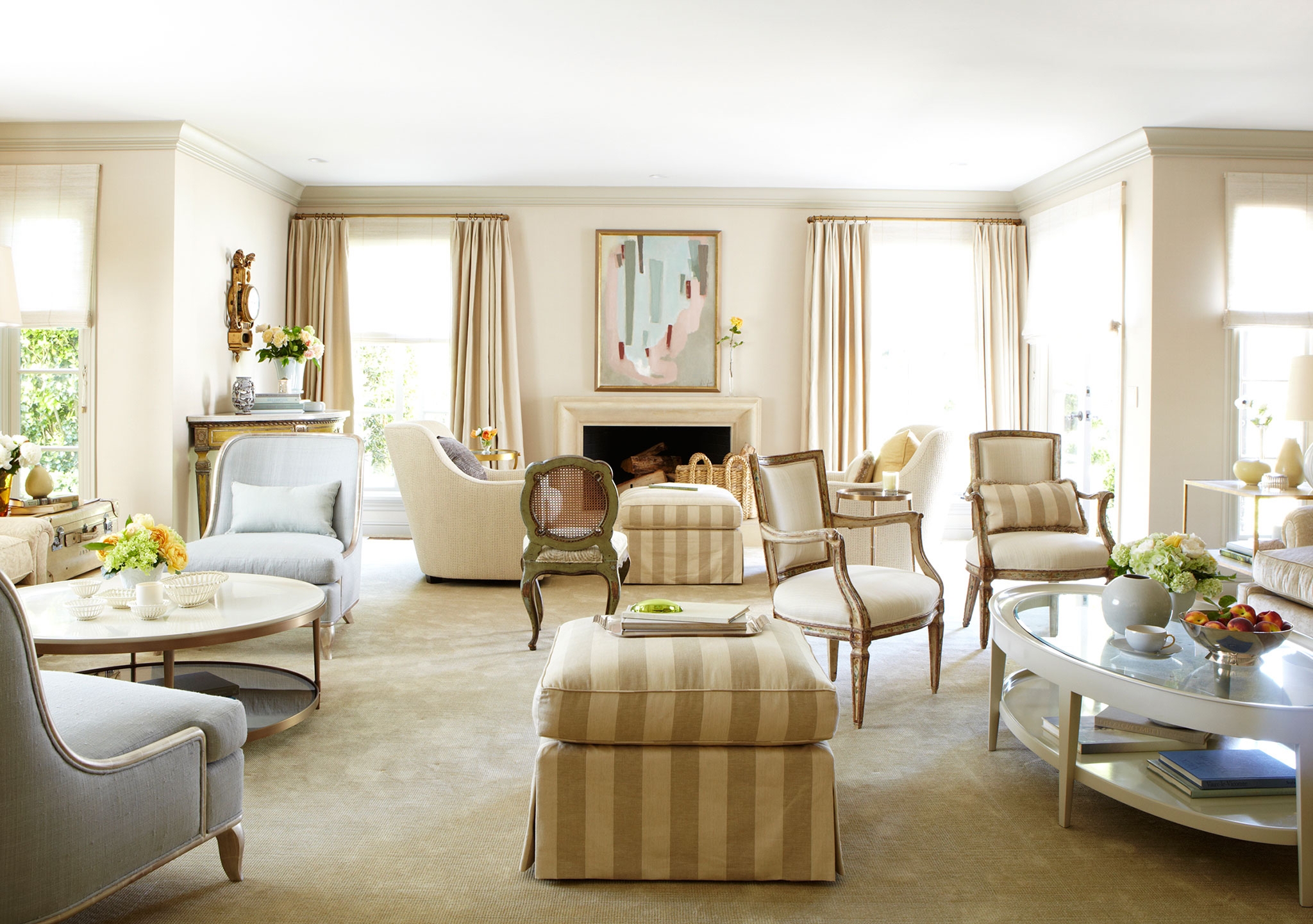
HANG WIDER THAN THE FRAME
Extend the rod at least six to ten inches beyond the window frame (if you have the space) so that when the curtains are pushed totally open you can see almost all of the window. Doing this preserves your view, makes a window feel grander and allows extra light to stream in when the curtains are open. Remember, natural light is your best accessory, so let it shine!
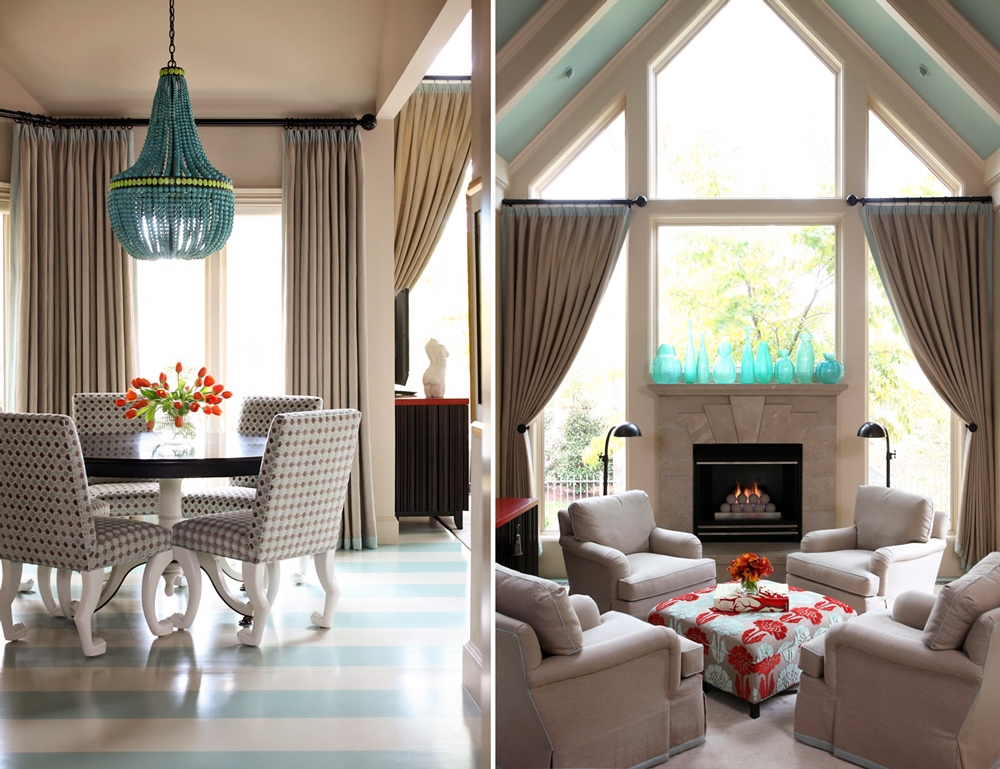
What Type of Hardware should I Use?
Drapery Hardware adds the finishing touch to window treatments in all styles. These decorative embellishments create a custom look, using classic designs and hand-painted finishes.
We offer a wide-range of designs, styles, finishes, and price points. Our collections offer unique textures and materials including shagreen, concrete, malachite, tortoise, and acrylic, reflecting today’s top design trends in a range of styles. We are able to offer our clients more versatility, individuality, and creativity than ever before.
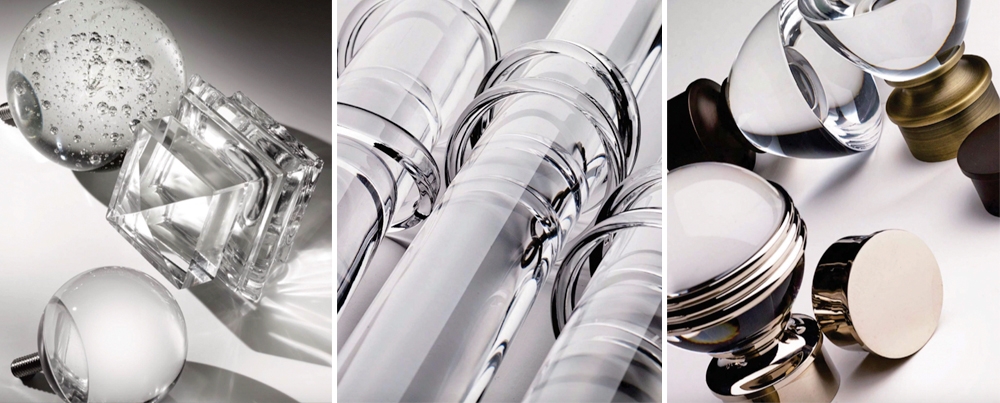
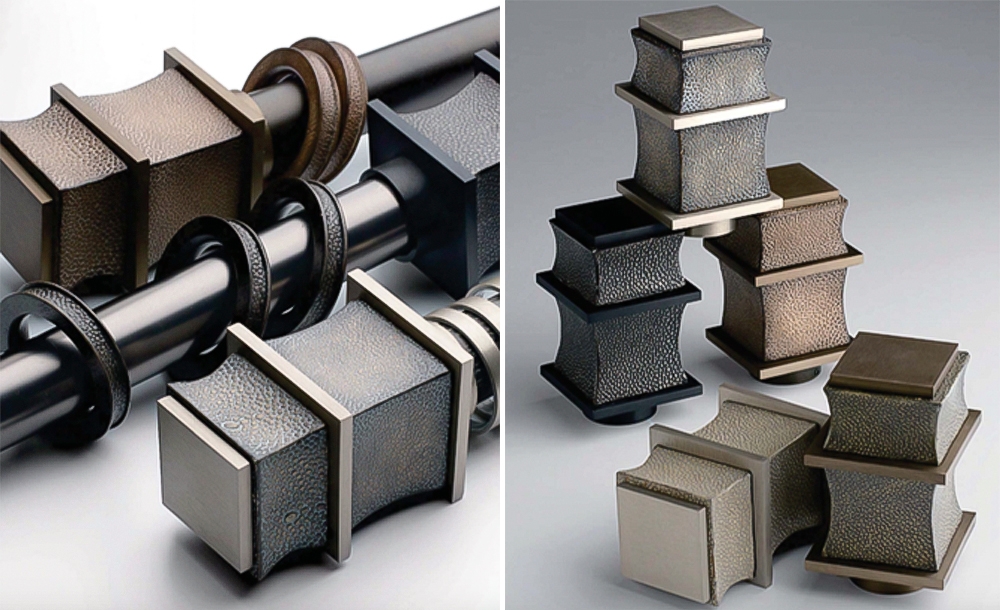
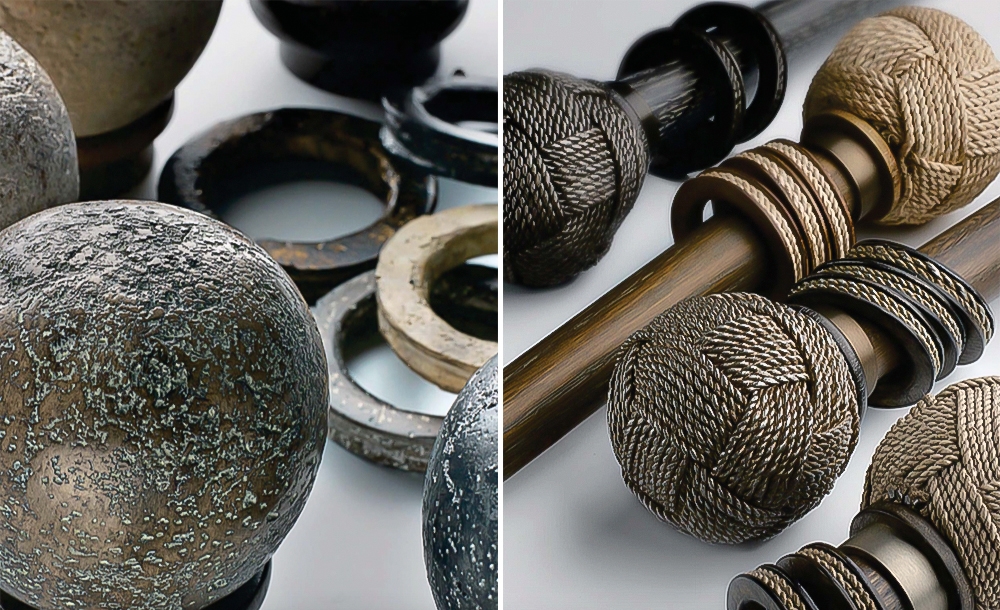
Window treatments can take your décor to the next level and complete the look of any room. Whether you are looking for understated sheers or lavish embroidered silks and tapestries, The Quiet Moose has what you need to treat your windows with the perfect balance of style, texture, and color.
View our Textile Vendors and Contact The Quiet Moose today for a FREE consultation.
